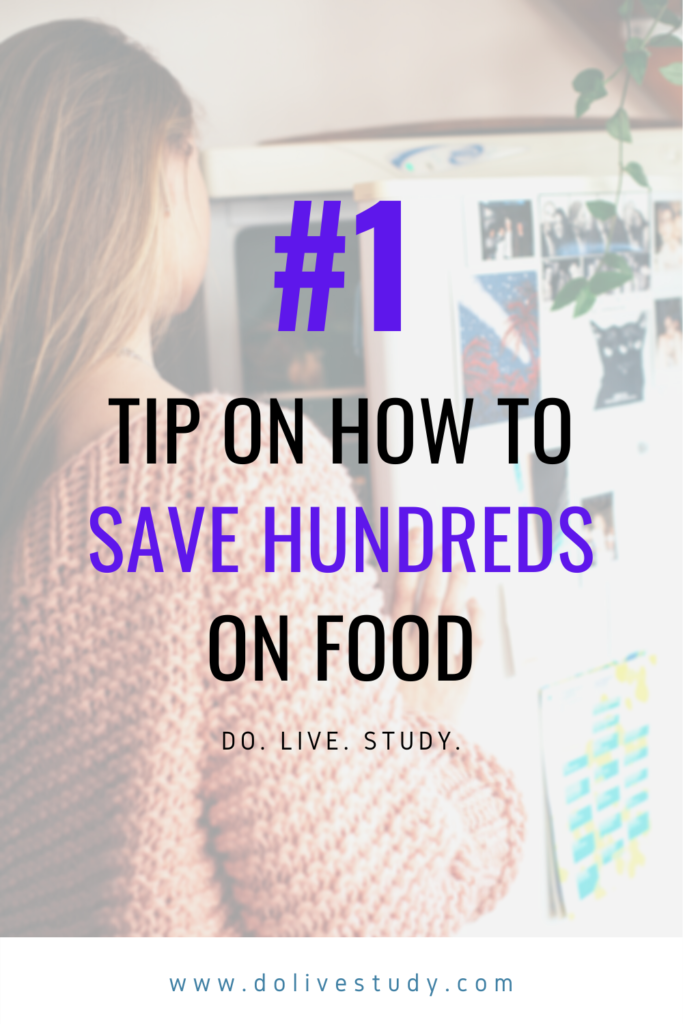
According to the U.S. Environmental Protection Agency (EPA), approximately 40,670 tons of food waste was generated in 2017 alone. And as each year has gone by, it has gotten progressively worse. This means that individuals are wasting hundreds, or even thousands of dollars on food that they are just going got throw away.
But, I have a quick and simple solution to this problem…just freeze your food!
Benefits of Freezing Food
One great benefit of freezing food is that ensures that your food lasts longer. This is great because it is recommended for most cooked food to be eaten in a few days. However, if you were to freeze it, it could stay fresh for at least a month or more! So, if you have a few leftovers that you don’t want to eat, try freezing it.
You can also use this to help you with meal prepping. If you want to create a lot of meals at once, and don’t want to eat it all in a week, you can freeze it too.
Imagine how much time and money this will save you when you can just walk to your fridge or freezer and pop your meal into the microwave…No dining out required.
Related Post: Meal Prepping for Beginners

Freezing Food Prep
However, before you freeze your food, you have to prepare it. And different foods have to be prepared differently.
Let’s use fruits and vegetables for example. According to AllRecipes, they have to be boiled and then dunked into cold water before frozen. This process, known as blanching and shocking, helps to preserve the color and flavor of the food (you can learn more about the process here). And if you freeze something like pancakes, it’s even different.
If you don’t want your pancakes sticking together, you can just grab a baking sheet and line a single layer of pancakes on it. Once you’re finished, pop it into the freezer for about an hour. Then transfer it to your freezable container or Ziplock bags, and place it in the freezer.
And if you’re freezing frozen meat such as ground beef, you would need to put (at the most) about a pound of meat in a Ziplock bag, roll the meat flat, and place it in your freezer to decrease the amount of time it would take for it to freeze and defrost.
So, it helps to research how to prepare certain foods for freezing.
Freezing Guide
It’s also equally important to know how long you can freeze items before it begins to affect the taste and texture of your food.
| Food | Months in Freezer | Food | Months in Freezer |
|---|---|---|---|
| Bacon and Sausage | 1 to 2 | Vegetables | 8 to 12 |
| Casseroles (cooked) | 2 to 3 | Fruits | 9 to 12 |
| Egg Whites or egg substitues | 12 | Bread | 3 to 6 |
| Meat (uncooked roasts, steaks, and chops) | 4 to 12 | Milk | 3 to 6 |
| Meat (uncooked ground meat) | 3 to 4 | Pancakes | 3 |
| Meat (cooked) | 2 to 3 | Fish (cooked) | 4 to 6 |
| Poultry (uncooked whole) | 12 | Butter | 6 to 9 |
| Poultry (uncooked parts) | 9 | Pasta (cooked) | 3 |
| Poultry (cooked) | 4 | Rice (cooked) | 3 |
| Soups and Stews | 2 to 3 | Juice | 6 to 12 |
| Ham, Hot Dogs, and Luncheon Meats | 1 to 2 | Yogurt | 1 to 2 |
Happy Savings!
Want to download a pdf version of this post? Click here.
Need Something To Pin On Pinterest? Pin This!


Hannah Roberts is the creator of Do. Live. Study. She loves to learn new things and hopes to help others as they go throughout their journey as an adult. You can connect with her below.
